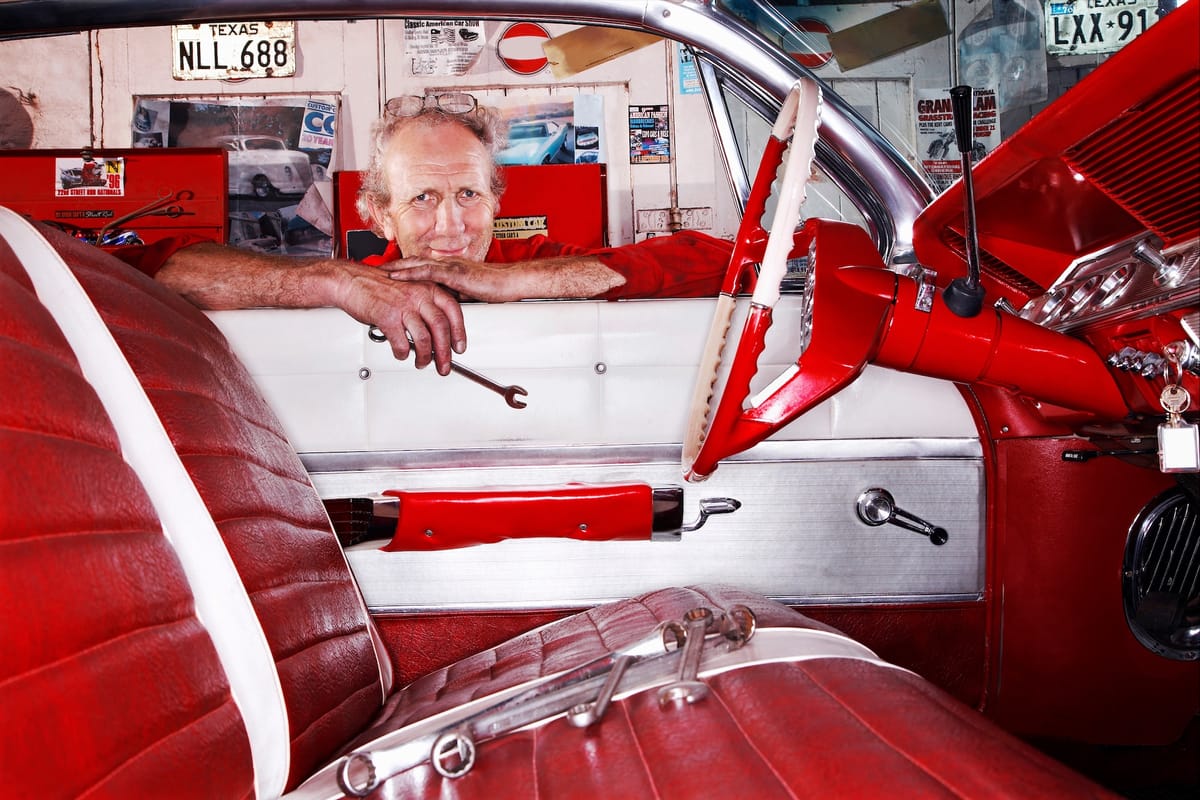

Classic Car Restoration for Beginners: A Comprehensive Guide
Restoring a classic car can be a rewarding and fulfilling experience, but it can also be a daunting task, especially for beginners. This article provides a comprehensive guide to classic car restoration, offering 12 essential tips to get you started on your journey.
1. Research the Car Thoroughly
Before you even think about buying a classic car for restoration, it's essential to do your research. Familiarize yourself with the car's history, its potential problems, and the availability of parts. This preparation will help you make an informed decision and avoid any surprises down the road.
2. Set a Realistic Budget
Restoring a classic car can be expensive, so setting a realistic budget is crucial. Be sure to factor in the cost of parts, tools, labor, and unforeseen expenses. It's better to underestimate than overestimate, as costs can quickly spiral out of control.
3. Choose the Right Restoration Approach
There are several restoration approaches available, from a complete nut-and-bolt restoration to a more conservative approach focusing on specific areas. Determine the level of restoration that aligns with your goals, budget, and skill level. A complete restoration might not be the best option if this is your first project.
4. Gather the Right Tools and Equipment
Having the right tools and equipment is essential for a successful restoration. Invest in quality tools that will last and make the job easier. While some tools can be rented, owning essential tools will save you money and time in the long run.
5. Begin with a Thorough Cleaning
Before you start disassembling the car, give it a thorough cleaning. This will allow you to assess the true state of the car and identify any potential problems. Removing dirt and grime will also make the restoration process easier and more enjoyable.
6. Disassemble the Car Carefully
Disassembling the car can be a daunting task, but it's crucial to do it carefully. Label all parts and components to make reassembly easier, and take plenty of pictures. This will help you remember where everything goes and ensure nothing gets lost.
7. Determine the Scope of Work
Once the car is disassembled, it's time to assess the damage and determine the scope of work. This will involve inspecting each part for wear, tear, and corrosion. A thorough assessment will help you prioritize repairs and create a plan for the restoration.
8. Source High-Quality Parts
Finding high-quality parts is essential for achieving a successful restoration. Research online retailers, classic car parts suppliers, and salvage yards to find the best options. Consider purchasing NOS (New Old Stock) parts for authenticity and longevity.
9. Learn Basic Repair and Restoration Techniques
Restoring a classic car requires a range of skills, from basic repairs to more complex restoration techniques. If you're not familiar with these skills, consider taking a class or watching tutorials online. There are many resources available to help you learn the basics.
10. Seek Professional Help When Needed
Don't be afraid to seek professional help when you need it. There are specialized shops that offer services like bodywork, paint, and engine rebuilding. Enlisting the help of professionals can save you time and frustration, ensuring a high-quality restoration.
11. Take Your Time and Enjoy the Process
Restoring a classic car is a journey, not a race. Take your time, enjoy the process, and don't be afraid to ask for help when needed. Remember, the goal is to enjoy the restoration process and create a lasting piece of automotive history.
12. Be Patient and Don't Give Up
Restoring a classic car can be challenging, but it's important to be patient and persevere. There will be setbacks and obstacles along the way, but with dedication and perseverance, you can achieve a successful restoration. Don't give up on your dreams; your hard work will be rewarded.
Dues are $12 per year. Member benefits:
✅ Ad-Free Website Viewing
✅ Advocacy for Republican Seniors
✅ 120+ Senior Discounts
✅ Member Only Newsletters